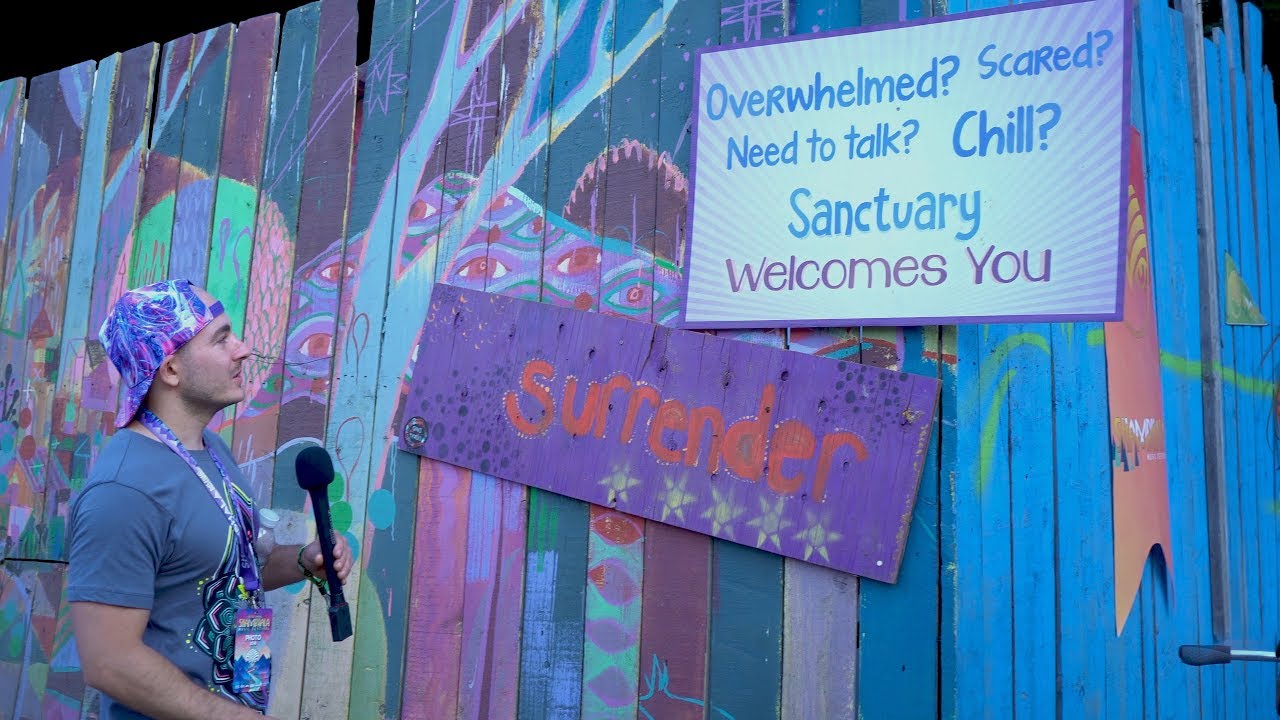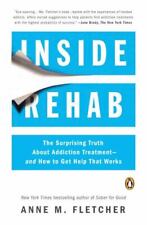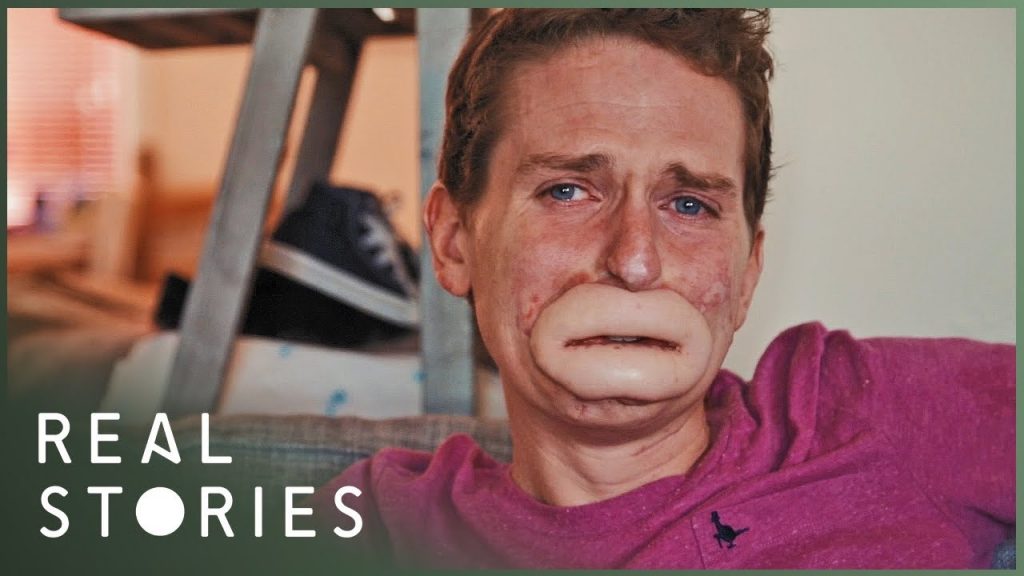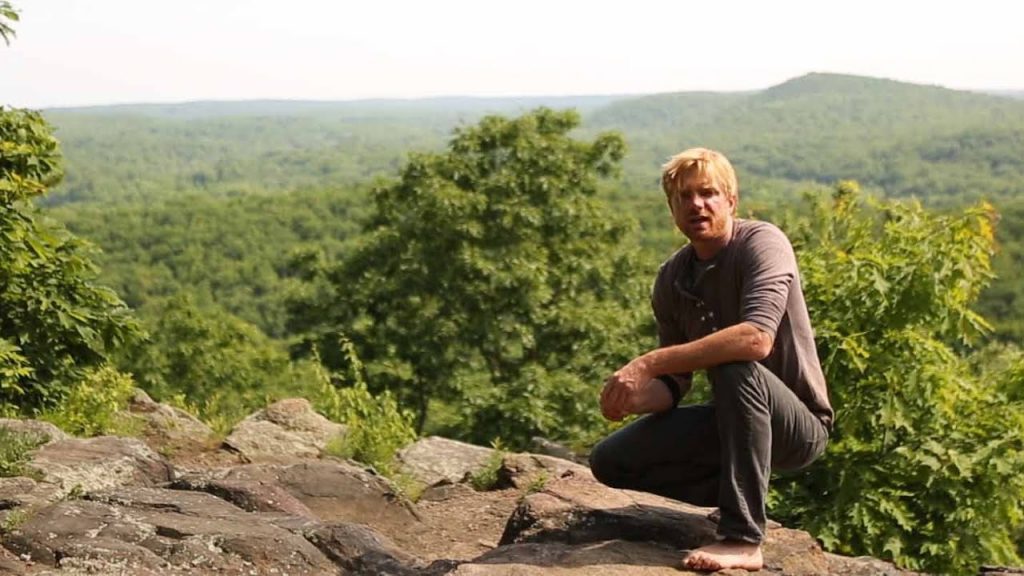The Surprising Truth About Drugs At Psychedelic Festivals | Shambhala

We traveled to Salmo BC, to visit the annual Shambhala Music Festival which attracts over 15,000 people each year.
But it’s NOT just the music which attracts them to Sham, oh no, it’s much more. We were very shocked to learn the reality behind this festival, and we hope that more will take notice and follow suit. I hope you guys all enjoy!
What is the percentage of festival-goers who reported using drugs at Shambhala Music Festival in 2016?
The Surprising Truth About Drugs at Psychedelic Festivals: A Case Study of Shambhala
Psychedelic festivals have become a global phenomenon in recent years, attracting millions of attendees seeking unique musical experiences, community, and mind-altering substances. While drug use has always been a part of the festival culture, the rise of “drug tourism” and the increasing availability of designer drugs have raised concerns about public health and safety. But what do we really know about drug use at these festivals?
To answer this question, we turn to Shambhala Music Festival, one of the largest and longest-running psychedelic festivals in North America. Founded in 1998, Shambhala takes place in the remote wilderness of British Columbia, Canada, and features over 300 musicians and DJs from around the world. But what makes Shambhala stand out is its strict drug policy: the festival is officially drug-free, and attendees are searched for drugs at the entrance.
Despite this zero-tolerance policy, drug use remains a pervasive issue at Shambhala. In a 2016 survey of festival attendees, 95% of respondents reported using drugs at the festival, with 57% using them on a daily basis. The most commonly used drugs were MDMA (86%), cannabis (83%), and psilocybin mushrooms (55%). Other drugs reported included cocaine, ketamine, LSD, and nitrous oxide.
So why do festival-goers continue to use drugs despite the risk of getting caught? One reason is the perceived benefits of drug use. Many attendees reported using drugs to enhance the festival experience, including feelings of euphoria and connection to others. “I think drugs and music fit together perfectly,” said one participant. “It’s like they were made for each other.”
Another reason is the culture of drug use at festivals. Attendees reported feeling pressure to use drugs from their peers, with some even bringing drugs to share with others. “It’s part of the culture,” said another participant. “You feel like you’re in a safe space where you can explore different things.”
Despite these reasons, drug use at Shambhala is not without risks. The festival’s remote location and lack of medical facilities means that emergency responders may have difficulty accessing the site, potentially delaying the response to emergencies. In addition, the use of designer drugs and contaminated substances has been linked to a number of deaths and hospitalizations at festivals around the world.
So what can be done to address the issue of drug use at festivals? One possible solution is harm reduction strategies, such as drug checking and on-site medical care. Shambhala has implemented some harm reduction measures, including a drug checking service and a medical team on site. However, some attendees reported a lack of information about these services, suggesting that more could be done to promote them.
Another approach is to focus on education and prevention efforts. Festival organizers can work with public health officials and drug educators to provide attendees with accurate information about the risks and benefits of drug use, as well as strategies for reducing harm. At the same time, festival-goers can take responsibility for their own health and safety by being aware of the risks of drug use and taking steps to reduce harm, such as staying hydrated and avoiding mixing drugs.
In conclusion, the issue of drug use at psychedelic festivals is complex and multifaceted. While Shambhala’s strict drug policy may be well-intentioned, it is clear that drug use remains a pervasive issue at the festival. However, by focusing on harm reduction and education efforts, festival organizers and attendees can work together to create a safer and more responsible festival culture.










Super Cool DIY Tiny House With HUGE Movie Theatre Loft
A Day In The Life Of A Urine Drinker
I Climbed The Tallest Chimney In Europe (360M)
Slow motion of 50 cal sniper shot
100 Years of Controversial Fashion | Glamour